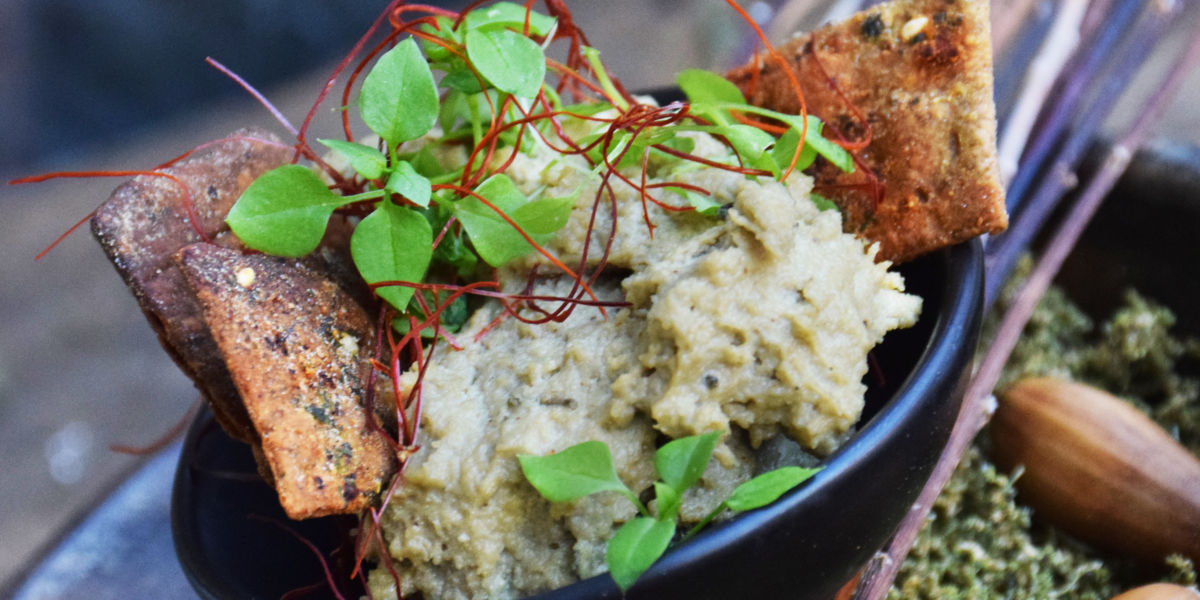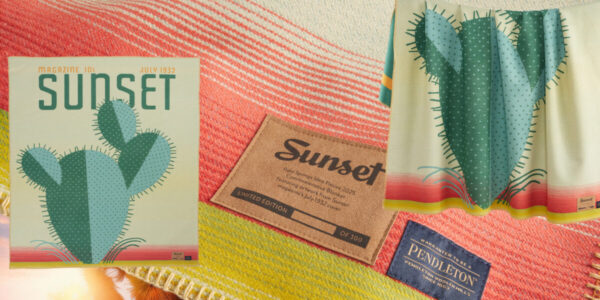
These Native Plants Are Not Only Good for Your Garden, But They Also Have a Bonus Perk
Maybe you already have native plants in your garden, but why not go wild and plant some you can eat, too?

When we talk about native plants, we’re often referring to landscaping, but what about growing your own edible native plant garden? Native plants have adapted to where you live, after all, and unlike, say, your usual tomatoes and strawberries, native edibles have new flavors and scents to try. Meanwhile, planting edible native plants helps to forge a connection between the way we live now, and the way communities in the West have existed for thousands of years. “Just growing these plants is a way to tap into the continuum of time,” says Evan Meyer, the executive director of the Theodore Payne Foundation. “By growing edible plants, your garden can become a much more meaningful place.”
There are also multiple benefits for the environment and pollinators, who use these plants to survive. “The real food you’re creating is food for native wildlife,” Meyer says. “Think of an edible native garden as serving meals to—and creating habitat for—butterflies, bees, and hummingbirds.” Professional landscape designers, like Jessica Viola, of Viola Gardens, love them, too. “Using edibles is one of the best ways to use gardening space,” she says, “because you’re doing more for native species and the soil.”
One thing to be aware of, however, is that our tastes have changed over the years. “As we try to reintroduce these foods, a lot of us have lost the palate for them,” says Abe Sanchez, one of the founding members of the Chia Café Collective, which strives to reintroduce Indigenous foods in California. “That’s why we created a cookbook that fuses foods we eat now with, say, acorn or mesquite flour.” Even better, he adds, a lot of native edible flours are low-glycemic.
So, what, exactly, can you plant in your edible native garden? The list is long, and a simple Google search will give you lists of all the plants that are native to your region. But to whet your appetite, here are some fresh ideas.
Grow a Taste of the West
Read the Current Issue Here!
Get one year of Sunset—and all kinds of bonuses—for just $29.95. Subscribe now!
